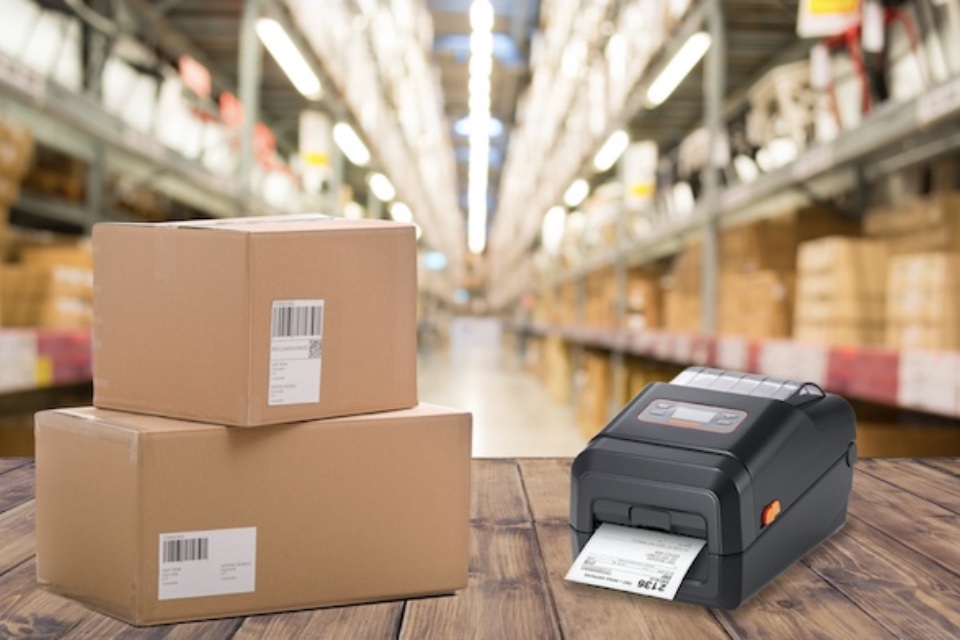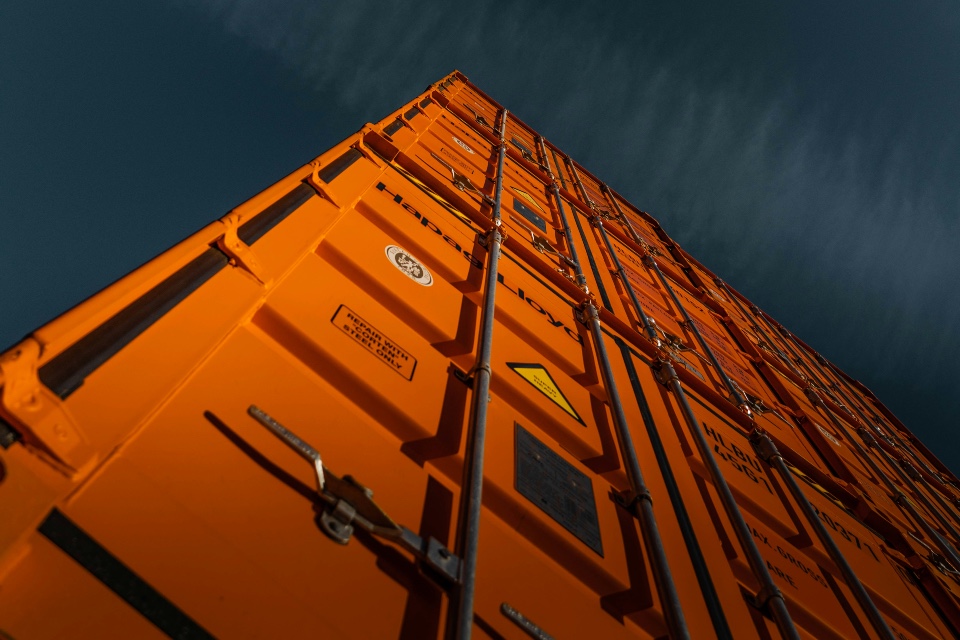Third-Party Logistics (3PL) providers play a vital role in today’s supply chains. They execute fulfilment for many brands across an array of industries. They handle the receipt, storage, picking, packing and delivery of goods for customers. Further, for many growing ecommerce businesses, they are essential for growth. When operating at capacity, 3PL distribution centres (DC) are extremely busy, as they carry out an array of fulfilment services. The key to the successful running of these complex operations, though, is ensuring warehouses are meticulously organised, that senior management and warehouse staff have a strong handle on inventory at all times, and that staff can pick, pack and ship goods accurately on-time for clients to their customers. DC throughput ultimately supports revenue and profitability for 3PLs and their clients.
Many factors drive success though. People, strong operational processes and technology are playing an increasingly vital role. However, today, across the world 3PL staff are in short supply. Automation technology proves value ever more, and fundamental technologies like barcode scanners and label printers continue to keep warehouses in order.
Jeremie Brocas, BIXOLON Europe, explains that embracing these technologies enables 3PLs and similar logistics organisations, to improve traceability and ensure that their entire supply chains run smoothly…
3PL opportunities and challenges
The 3PL market is ripe for the picking. Statista says the global logistics market was worth 8.4 trillion US dollars in 2021 – whereas by 2027 it forecasts that this market will exceed 13.7 trillion US dollars. Evidently, there is immense opportunity for fulfilment organisations to thrive.
The supply chain technology provider, Extensiv, recently published its 2023 Third-Party Logistics Warehouse Benchmark Report too. It shares insights about growth opportunities available to 3PL companies; saying that acquiring new customers is the greatest opportunity for 86% of the companies it surveyed. Additionally, 50% of companies say that automating processes in warehouses is key; and 46% cite growth related to ecommerce as the third greatest opportunity. Others include diversifying services (39%), adding warehouses in new locations (36%), creating a 4PL network (36%), and other (25%).
Opportunity doesn’t come without a backdrop of business challenges though. The same research points out that the top challenge for many 3PLs will be managing costs (48%). Other challenges cited include: finding new customers (36%), finding and retaining workers (32%), operational efficiency (32%), technology implementation and integration (29%), growing revenue (27%), inflation (18%), finding and acquiring warehouse space (15%), customer retention (10%), and customer communication and requests (7%). Descartes Systems Group provides additional insight about the staff shortages too in its report – How Bad is the SupplyChain and Logistics Workforce Challenge – where it states that 76% of logistics leaders reported labour shortages.
Enhancing traceability and inventory management
It is clear here that technology has a key role to play in supporting operational efficiency within 3PL and wider supply chain organisations. It offers benefits at all areas and levels; ranging from transportation operations, to warehouse operations and to knowledge workers within distribution centres. We see order management systems (OMS), warehouse management systems (WMS) and transportation management systems (TMS) taking the lead in organising warehouses and providing vital information to staff about goods – and the state of the distribution centre – as stock is picked, packed and shipped to customers for 3PL clients. Most of these technologies are cloud-based today and offer fulfilment centre operators and their clients impressive analytics about stock passing through their DCs – such as what’s old, what’s moving fast, and what to put on sale.
While these technologies are increasingly vital as part of improving operational efficiency, there is one set of tools that continues to be core to the successful functioning of many 3PL businesses. This is where the likes of label printer and barcode scanning technologies show their prowess. Essentially label printers across the supply chain print labels with key information on them – including 1D or 2D codes – according to requirements set out by various manufacturers, retailers, and shipping companies. They get stuck onto pallets, boxes and stock as they are unpacked, delivered and pass through the supply chain. 1D and 2D codes carry the key information that aligns with many OMS, WMS and TMS systems. They provide a single source of truth that scanners can work from, allowing the supply chain to communicate and organise itself.
Today label printers can be found at many locations within a 3PL. Stationary desktop label printers are often located at areas where pallets are received from clients before they are unpacked, labeled and redistributed through the fulfilment centre (FC). They can generally be located at packing stations too – where goods are packaged and labeled according to an array of shipping companies’ preferred label configurations. Mobile printers are also widely used to support the relabelling of racks or awkwardly shaped goods that are too bulky to fit at packing stations.
Additionally, many label printers support the growing trend to use RFID to help ensure inventory management and traceability within DCs or FCs is more accurate in real time. The RFID labels can be coded with vital SKU data and be printed on with standard 1D or 2D codes where required; to provide a failsafe for when the RFID system is down. This RFID approach helps further automate inventory management in real time, and provides an accurate view on throughput.
Providing warehouse staff the tools to succeed
While many senior management teams across 3PLs and their customers refer to cloud-based dashboards from their supply chain software providers, to gain a deeper understanding of the performance of their DCs and throughput, it is generally the people on the warehouse shop floor who interact with barcode scanners and label printers on a daily basis.
It is important to remember that for these vital frontline staff members, a barcode scanner or printer is just another tool for them to use. They expect it to work with ease – and, within a warehouse environment it is important that these technologies are robust, hard wearing and capable of taking the knocks that they will likely receive. Can they handle being accidentally dropped by staff or being bumped with objects in the warehouse? Have the label printers been well set-up by IT teams for ease of use by operatives – is training on the devices easy and straightforward for new staff members to pick up on, especially during peak periods? Are the consumables easy to change? These tools need to improve operations for warehouse staff, not hinder or slow processes down – and so in a deadline-driven environment where picking, packing and shipping accuracy is important, it is crucial that label printers are hardwearing and play their part well.
Quality labels drive productivity and efficiency
But, it’s not just about ease of use. Printers must print labels and codes to a high quality. Many manufacturers, retailers, 3PLs and shipment companies set out their standards for quality barcodes; and so it’s important that each party appreciates this and prints to a high standard accordingly. It’s no good printing a label if the quality of the information on the label is illegible for barcode readers. For instance, is the colour of the print truly black or is it greyed out? Can the ink withstand knocks and scratches? There’s nothing more frustrating than for a label to have a poorly represented barcode that doesn’t scan, or is scratched, and causes a slowdown in throughput.
In some cases, these kinds of failings can result in penalties across the supply chaintoo. So it’s important for labels to be printed to the appropriate quality for that industry or part of the supply chain. Today, most organisations strive to achieve standards set out by ANSI and aim for coveted “C” rating or higher; with the rating scale ranging from A, B, C, D, E, F (A being the best). Failing to meet these standards can lead to scanning errors, operational slowdowns, increased downtime, and potential customer dissatisfaction, resulting in overall reduced productivity in warehouse settings.
Another pain for many warehouse operatives is using labels with backings. This is because backings need to be removed and disposed of. In a busy DC, this takes time and space. So reducing the need for backings by using linerless label printers, with labels that can be printed and stuck onto items is a better option. It is quicker and reduces waste. Mobile versions of these printers can prove useful too – for example when changing labels on racking or large items.
Conclusion
3PLs companies are integral to many supply chains across various industries today, especially ecommerce. They manage a range of functions for many of their customers as they execute fulfilment services. Many tools and technologies are used to improve productivity and throughput.
However, key to these operations remains the use of barcode scanners and label printers. They play a vital role in facilitating communication and supply chaintraceability at all stages of fulfilment.
With that in mind, as 3PLs aim to take on new customers, automate their warehouses and embrace technology, the use of label printers will continue to thrive and support growth – either on their own or when coupled with other useful technologies like RFID. Given the size of the forecast growth of the 3PL market, the various opportunities and challenges, it becomes imperative not to forget the vital role that this industry workhorse provides. Supply chain throughput depends on it.







